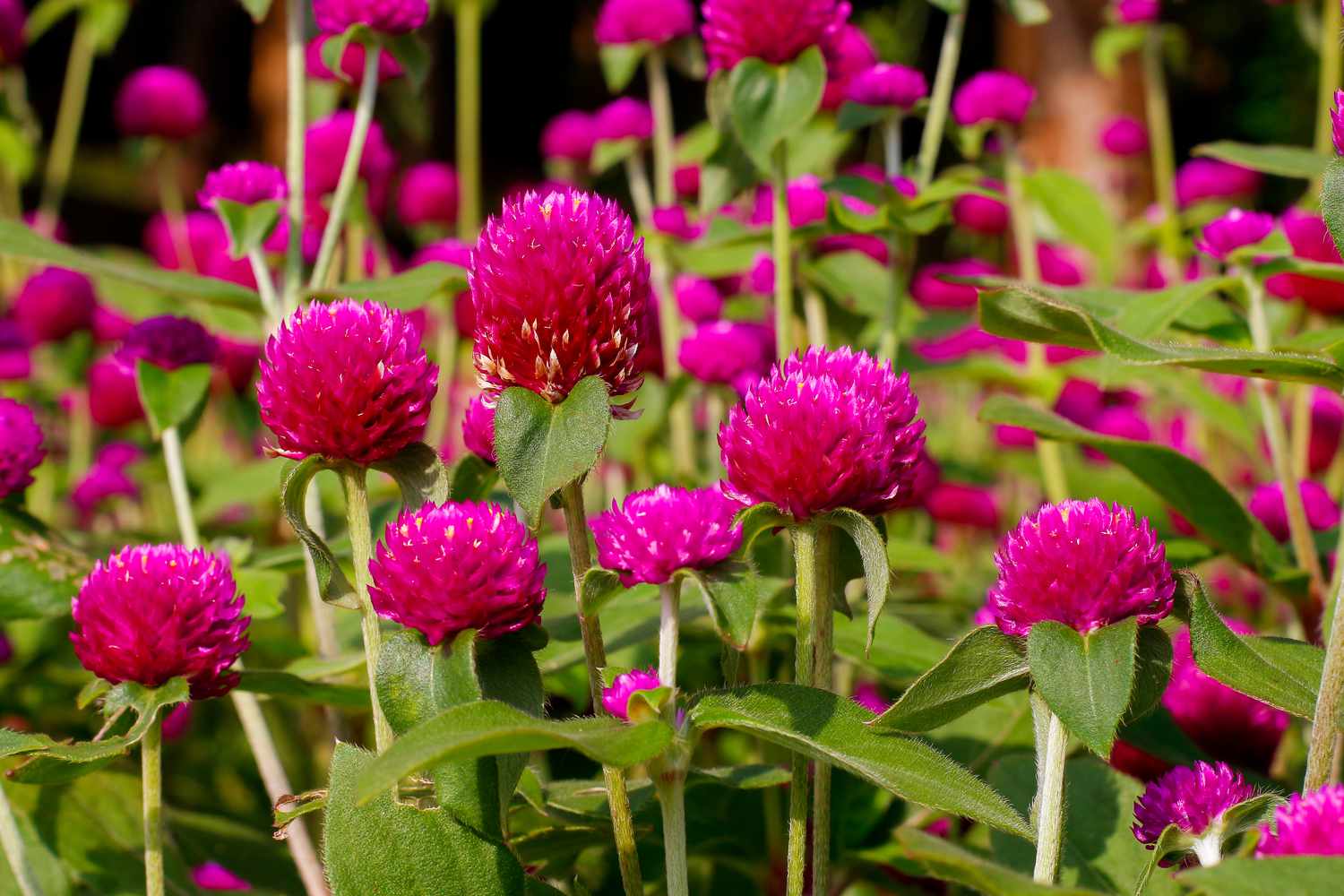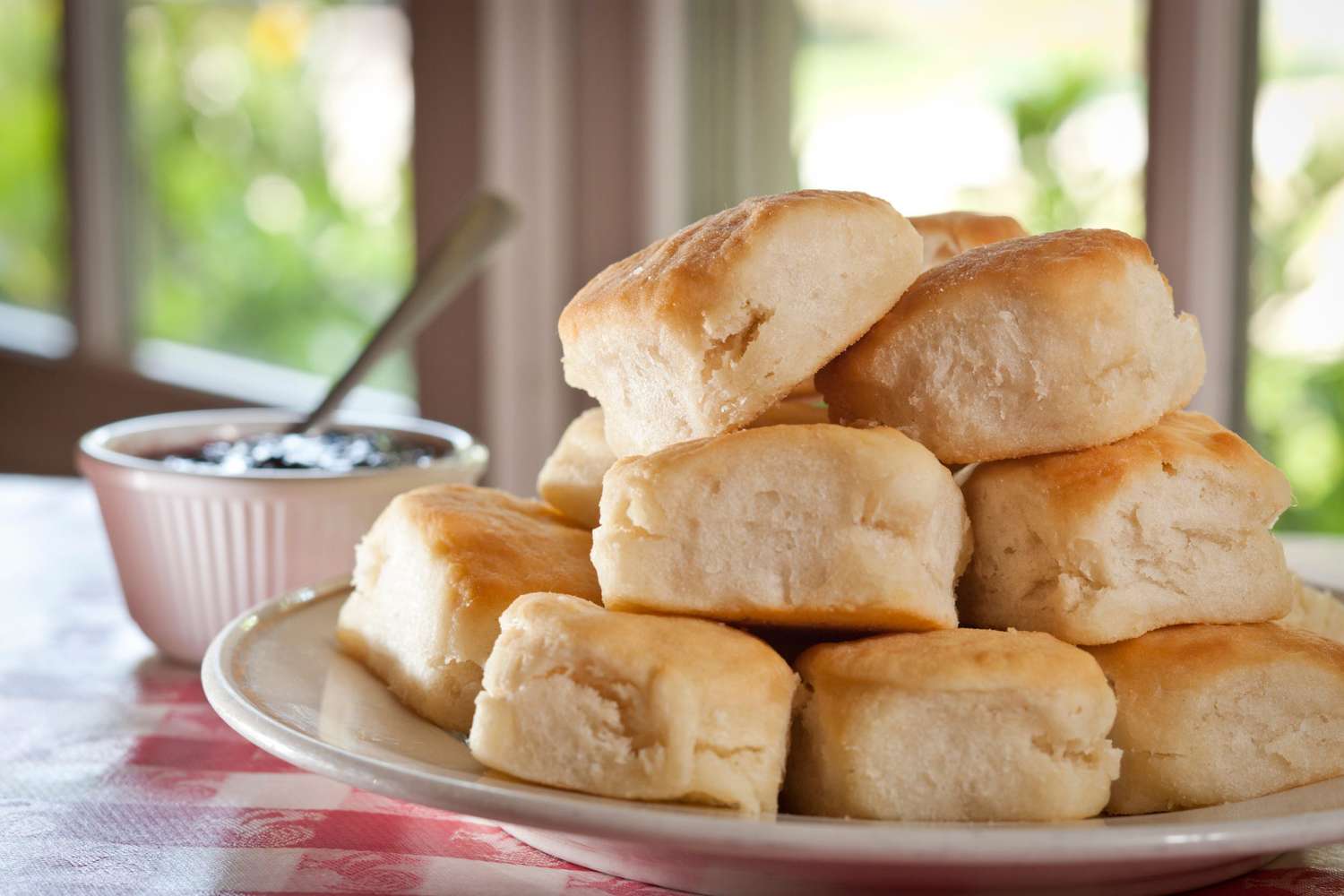
10 Drought-Tolerant Garden Flowers That Thrive Even With Minimal Water
Those who live in hot or dry areas can still grow plenty of plants. Drought-tolerant flowers, for example, are a wonderful option and can tolerate a little heat and less water. As long as your local soil is aerated and well-draining, you should have no problem growing these beautiful blooms. Here are a few that professional gardeners love.
Hellebores
Clive Nichols / GETTY IMAGES
Hellebores are an evergreen perennial, are very drought tolerant, and don’t require a lot of care. Plus, they’re one of very few plants that don’t mind alkaline soils.
“They bloom early, and they can bloom as early as December depending on what part of the country you live in,” says David Hillock, a horticulturist at the Oklahoma State University Extension. “So you have long seasonal interest.”
- Zones: 5 to 9
- Size: 18 inches tall x 30 inches wide
- Care requirements: Full sun; well-draining fertile soils
Russian Sage
If you love cloudlike, delicate flowers, then consider Russian sage (Perovskia atriplicifolia), a highly drought-tolerant flowering bush. Although it’s not technically a member of the sage family, it does have a sage-like fragrance when its leaves are crushed.
Recently developed hybrids are also “fuller, stockier, and more compact,” says Hillock, which means you can slot them just about anywhere in a garden.
- Zones: 4 to 9
- Size: 3 to 4 feet tall x 4 feet wide
- Care requirements: Full sun, well-drained soil, very light watering
California Lilac
Getty / Eve Livesey
California lilac (Ceanothus) is native in many eastern and western states, although much of the species is concentrated on the West Coast. Most of its flowers are blue, but they can also be a stunning lavender.
The shrub blooms reliably from early spring to early summer, though some hybrids can bloom almost until the fall. “California lilac doesn’t just survive droughts—it thrives in poor soil and dry conditions,” says Megan McConnell, horticulturist and plant information director at Monrovia.
- Zones: 6 to 10
- Size: Up to 9 feet tall x 10 feet wide
- Care requirements: Full sun; dry, well-drained soils
Bougainvillea
AnnaNahabed / GETTY IMAGES
Bougainvillea hails from South America and is known for its colorful, bright flowers.
“They’re native to arid climates and have adapted to dry conditions,” says McConnell. She recommends allowing them to climb on arbors and trellises. You can also place them in patio containers or hanging baskets in colder climates, creating a lush, tropical effect.
- Zones: 9 to 10
- Size: 15 feet tall x 40 feet wide without trimming
- Care requirements: Full sun; loamy to sandy acidic soil
Yucca
Getty / kamira777
Yuccas are native to the desert, but you can also grow them in the northern part of the country, in areas that can be both wet and dry.
“They have thick leaves and fibrous roots that can help them store water, providing built-in drought tolerance,” says McConnell. “Hummingbirds and other pollinators love the tubular flowers; it thrives in poor soils and hot, arid climates.”
- Zones: 5 to 11
- Size: 10 feet tall x 2 to 3 feet wide
- Care requirements: Full sun; sandy, aerated soil
Poppy Mallow
Getty / Valeriy Lushchikov
The perennial poppy mallow is native to the shortgrass prairie and has beautiful, cup-shaped magenta flowers. Its carrot-like taproot stores water and nutrients, making it very drought-tolerant.
“They can reseed themselves, and they can be aggressive spreaders,” says Hillock. “If you need something for erosion control, these can be a great choice.”
- Zones: 4 to 8
- Size: 1 foot tall x 1 to 3 feet wide
- Care requirements: Full sun; well-draining, rocky soils
False Indigo
Jacky Parker Photography / Getty Images
False indigo (Baptisia) is a native perennial that lives for a long time, and is nearly indestructible.
“It tolerates drought well, but can even handle flooding once it’s established,” says Charlotte Glen, horticulturist at North Carolina State University. “I love it for the strong spikes of lupine-like flowers it bears in April and May, which may be white, yellow, blue, purple, or shades in between, depending on the variety.”
It’s also a great choice for anyone cultivating a pollinator garden, as bees love the flowers.
- Zones: 3 to 9
- Size: 3 to 4 feet tall x 3 to 4 feet wide
- Care requirements: Full sun; well-draining soils
Globe Amaranth
Jasenka Arbanas / GETTY IMAGES
Anyone who lives somewhere with a lot of heat and infrequent rain will love this flower. “They don’t come much tougher than globe amaranth (Gomphrena globosa),” says Glen. “This heat lover grows slowly until temperatures warm up, then blooms all summer and fall.”
She notes that the plant is relatively easy to grow from seed, but if you want earlier blooms, then you can buy transplants from most garden centers. It’s also a great plant for pollinators.
- Zones: 2 to 11
- Size: 24 inches tall x 6 inches wide
- Care requirements: Full sun; well-draining soils
Mexican Zinnia
Getty / Nahhan
Not all zinnias are drought tolerant, but Mexican zinnia (Zinnia haageana) can handle dry soils with ease. These flowers bloom through the summer, and they don’t need to be deadheaded.
“It’s also mildew resistant and thrives in the heat,” says Hillock. The only possible downside is that the flowers may not have as wide a color range as some other zinnia species.
- Zones: 2 to 11
- Size: 20 inches tall x 12 inches wide
- Care requirements: Full sun; well-draining soils
Autumn Sage
lingqi xie/Getty Images
Anyone who loves hummingbirds should consider autumn sage, as its tubular, vibrant flowers will certainly attract these delightful birds.
“These plants love full sun and bloom like crazy all summer long,” says Hillock. “They can be semi-evergreen, depending on what your winters are like.” Traditional shades of autumn sage might be red and pink, but newer hybrids include blues and purples.
- Zones: 6 to 9
- Size: 2 to 3 feet tall x 2 to 3 feet wide
- Care requirements: Full sun; well-draining, rocky soils










